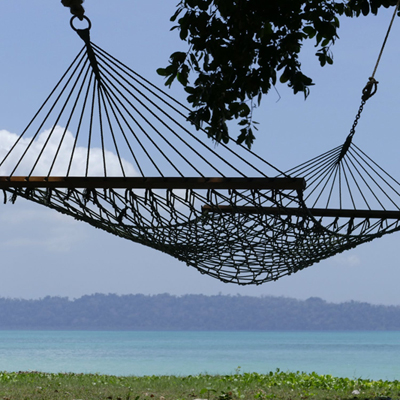Getting the Iron You Need in Pregnancy

Iron is what helps carry oxygen to your cells, and a deficiency of iron can make you feel tired, breathless, cold, weak, lightheaded, and can lower your immunity and ability to fight off infection. As your blood volume expands in pregnancy to meet the needs of your growing baby, placenta and to sustain your body, red blood cells are even more important. In order to get the most out of your iron sources, consider this information:
Iron must be absorbed from food sources. The ability of iron to be absorbed depends on whether the iron is in the form of Heme or Non-heme sources.
Heme iron can be found in meat, fish and poultry and is better absorbed than non-heme iron. Examples are salmon, steak, chicken, pork, shrimp and turkey.
Non-heme iron can be found in fruit, veggies, dried beans, nuts and grains. Some foods are almonds, molasses, raisins, apricots, broccoli, dates, chickpeas and cooked spinach.
Increase the absorption of non-heme foods by:
combining heme and non-heme foods
cooking in cast iron
eat a Vitamin C food (grapefruit, strawberries, orange) or take a Vitamin C supplement with the non-heme food
avoid large amounts of coffee or tea with a meal
avoid taking calcium supplements or eating lots of calcium-rich foods at the same time as non-heme foods
avoid high fiber foods (or supplements) when eating non-heme foods
food containing malic acid can help with iron absorption (eating pumpkin, plums or apples with an iron-rich food)
too many greens (chard, spinach) can reduce iron intake because they contain lots of phytates and oxylates
Some good combinations are:
chili (meat and beans)
orange juice with cereal
shrimp and broccoli
split pea soup with ham
whole wheat pasta with lentils and tomato sauce (Vit. C)
Sources:
https://www.mckinley.uiuc.edu/handouts/dietary%5Fsources%5Firon.html
https://www.annecollins.com/iron-needs-during-pregnancy.htm
https://www.bchealthguide.org/healthfiles/hfile68c.stm
Iron must be absorbed from food sources. The ability of iron to be absorbed depends on whether the iron is in the form of Heme or Non-heme sources.
Heme iron can be found in meat, fish and poultry and is better absorbed than non-heme iron. Examples are salmon, steak, chicken, pork, shrimp and turkey.
Non-heme iron can be found in fruit, veggies, dried beans, nuts and grains. Some foods are almonds, molasses, raisins, apricots, broccoli, dates, chickpeas and cooked spinach.
Increase the absorption of non-heme foods by:
combining heme and non-heme foods
cooking in cast iron
eat a Vitamin C food (grapefruit, strawberries, orange) or take a Vitamin C supplement with the non-heme food
avoid large amounts of coffee or tea with a meal
avoid taking calcium supplements or eating lots of calcium-rich foods at the same time as non-heme foods
avoid high fiber foods (or supplements) when eating non-heme foods
food containing malic acid can help with iron absorption (eating pumpkin, plums or apples with an iron-rich food)
too many greens (chard, spinach) can reduce iron intake because they contain lots of phytates and oxylates
Some good combinations are:
chili (meat and beans)
orange juice with cereal
shrimp and broccoli
split pea soup with ham
whole wheat pasta with lentils and tomato sauce (Vit. C)
Sources:
https://www.mckinley.uiuc.edu/handouts/dietary%5Fsources%5Firon.html
https://www.annecollins.com/iron-needs-during-pregnancy.htm
https://www.bchealthguide.org/healthfiles/hfile68c.stm
This site needs an editor - click to learn more!

Related Articles
Editor's Picks Articles
Top Ten Articles
Previous Features
Site Map
Content copyright © 2023 by Maryn Leister. All rights reserved.
This content was written by Maryn Leister. If you wish to use this content in any manner, you need written permission. Contact
BellaOnline Administration
for details.


